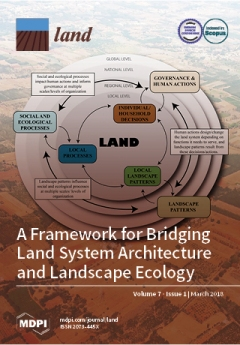Décret n° 2-87-287 du 16 kaada 1407 (13 juillet 1987) portant création et délimitation du périmètre d'amélioration pastorale d'Oulad Bousbaâ (comme rurale de Sidi Mokhtar, cercle de Chichaoua, province de Marrakech).
Le présent décret crée et délimite un périmètre d'amélioration pastorale d'Oulad Bousbaâ (comme rurale de Sidi Mokhtar, cercle de Chichaoua, province de Marrakech). La création de cette zone vise à limiter la dégradation des pâturages et en assurer la reconstitution en vue d’une exploitation rationnelle.Par ailleurs, les associations d’élevage constituées dans les limites de ce périmètre antérieurement à la publication de ce décret doivent être déclarés aux administratives locales.


